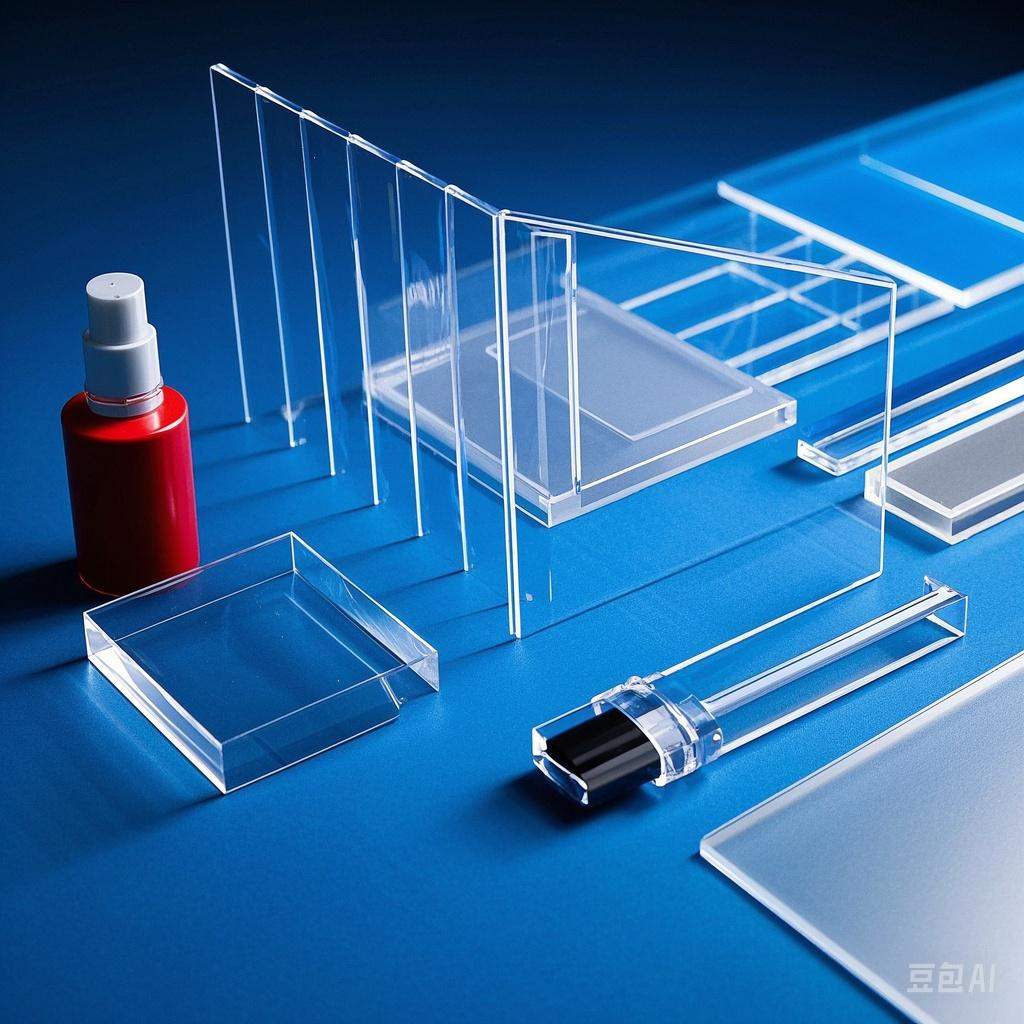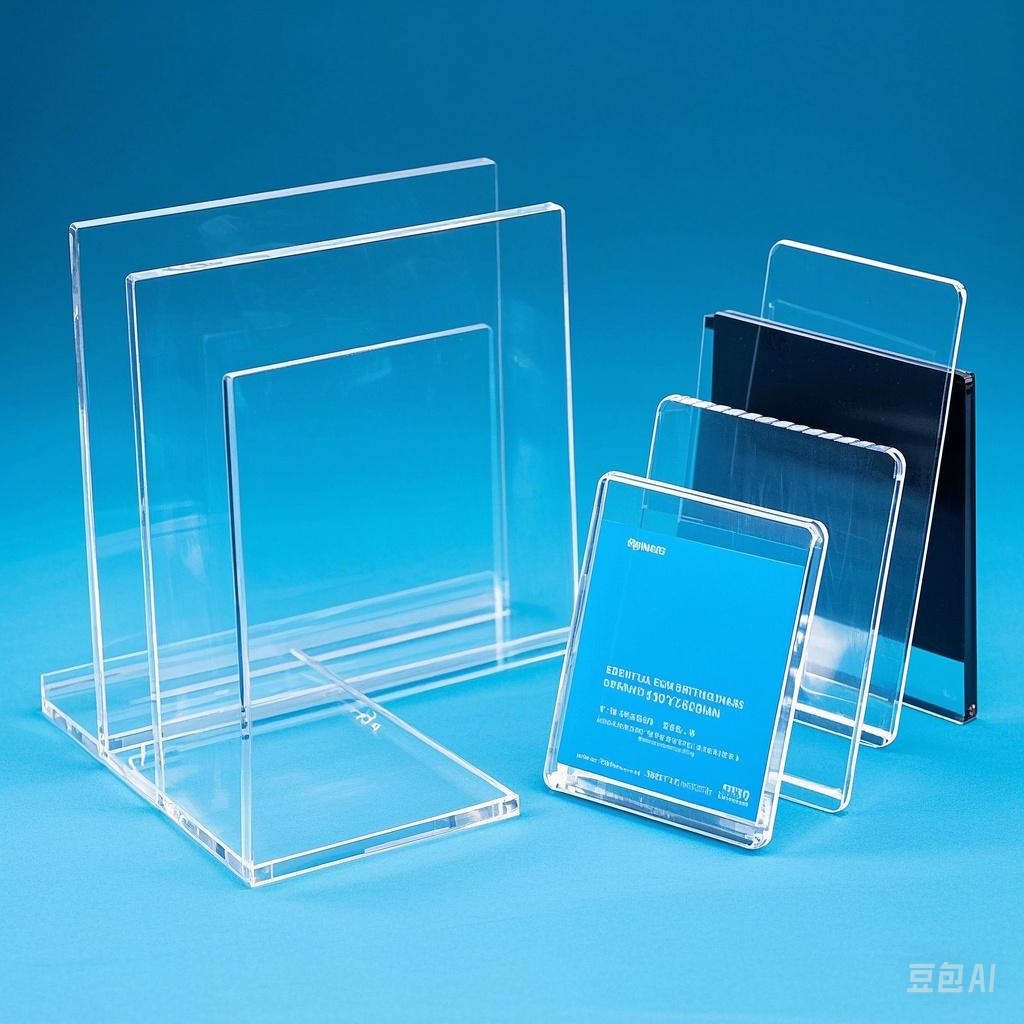 The acrylic products industry, known for its versatility and wide range of applications, is poised for significant growth and transformation in the coming years. As global demand for sustainable, durable, and aesthetically pleasing materials continues to rise, acrylic (PMMA) is emerging as a key player in various sectors, including construction, advertising, automotive, and consumer goods. Here are some of the major trends shaping the future of the acrylic products industry:
The acrylic products industry, known for its versatility and wide range of applications, is poised for significant growth and transformation in the coming years. As global demand for sustainable, durable, and aesthetically pleasing materials continues to rise, acrylic (PMMA) is emerging as a key player in various sectors, including construction, advertising, automotive, and consumer goods. Here are some of the major trends shaping the future of the acrylic products industry:1. Sustainability and Eco-Friendly Innovations
With increasing environmental awareness, the acrylic industry is shifting towards more sustainable practices. Manufacturers are focusing on developing recyclable and biodegradable acrylic materials to reduce environmental impact. Additionally, the use of bio-based raw materials in acrylic production is gaining traction, aligning with global efforts to achieve a circular economy.
2. Customization and Personalization
The demand for customized acrylic products is on the rise, driven by consumer preferences for unique and personalized items. Advanced manufacturing technologies, such as CNC machining, laser cutting, and 3D printing, are enabling manufacturers to offer highly customized solutions for industries like home decor, retail displays, and advertising.
3. Technological Advancements
Innovations in acrylic manufacturing are enhancing product quality and expanding application possibilities. For instance, the development of anti-scratch, anti-UV, and anti-static acrylic sheets is opening new doors for outdoor and high-performance applications. Smart acrylic materials, integrated with LED lighting or touch-sensitive features, are also gaining popularity in modern design and architecture.

4. Growing Demand in Emerging Markets
Emerging economies in Asia, Africa, and Latin America are witnessing rapid urbanization and industrialization, driving the demand for acrylic products. These regions are increasingly adopting acrylic materials in construction, signage, and consumer goods, creating new growth opportunities for the industry.
5. Expansion in the Automotive and Electronics Sectors
Acrylic is becoming a preferred material in the automotive and electronics industries due to its lightweight, durability, and optical clarity. It is widely used in vehicle lighting, dashboards, and electronic displays. As electric vehicles (EVs) and smart devices continue to grow, the demand for high-performance acrylic components is expected to surge.
6. Digitalization and E-Commerce Growth
The rise of e-commerce platforms is transforming the way acrylic products are marketed and sold. Online marketplaces are enabling manufacturers to reach global customers more efficiently, while digital tools like augmented reality (AR) are enhancing the customer experience by allowing virtual visualization of acrylic products.
Conclusion
The acrylic products industry is at the forefront of innovation, driven by sustainability, technological advancements, and evolving consumer demands. As the world moves towards smarter, greener, and more personalized solutions, acrylic is set to play a pivotal role in shaping the future of multiple industries. Companies that embrace these trends and invest in R&D will be well-positioned to capitalize on the growing opportunities in this dynamic market.
开启新对话




